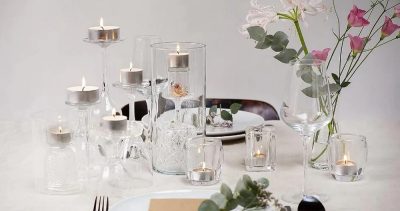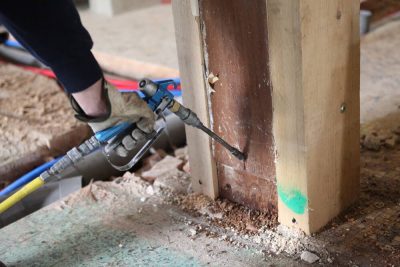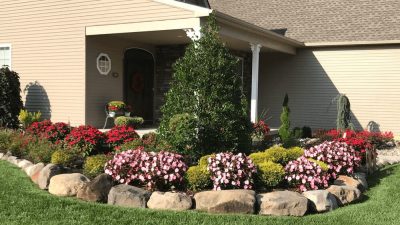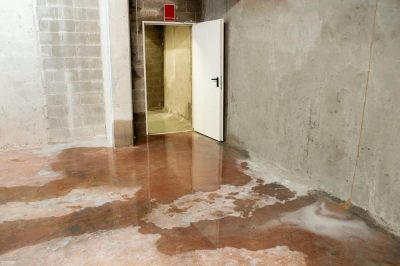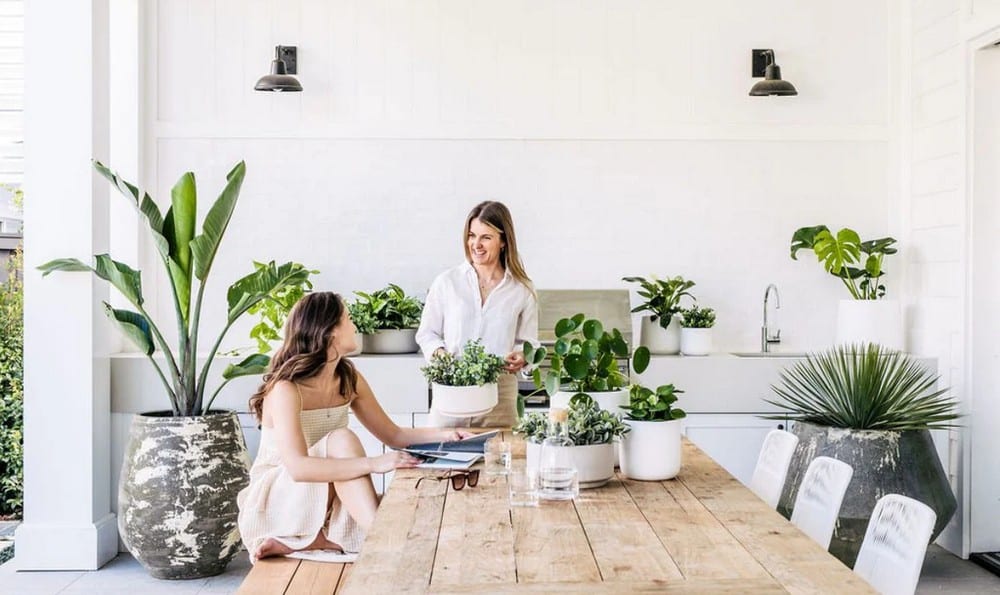
Using planters is a way to spruce up both outdoor and indoor areas, yet keeping them in top shape for the long haul can pose a challenge for some folks. By providing the care and attention they need, these planters can stay looking gorgeous and serve their purpose for many years on end.
In this article, we’ll delve into some advice on how to make sure your decorative planters last as long as possible.
How to Extend the Lifespan of Your Decorative Planters?
Select the Appropriate Material
Choosing the materials for plant pots is essential for their lasting quality. The common options include ceramic, terracotta, metal, and plastic. Every material has its advantages and disadvantages. For instance, cereal planters give off an appearance. Are prone to breaking. On the side, plastic options are light. Can withstand different weather conditions. Understanding the surroundings in which the plant pots will be positioned aids in making choices regarding material selection.
Ensure Water Flow
Proper drainage is crucial for keeping plants and planters healthy as it helps prevent issues like root rot and maintains the integrity of the planters themselves. To enhance drainage in plant containers, you can try placing a layer of stones or gravel at the base, which allows excess water to drain out efficiently, preventing soil from becoming waterlogged. Be sure to inspect the drainage holes to ensure they are clear and allow water flow.
Regular Upkeep
Regularly maintaining planters by cleaning them helps prevent the accumulation of dirt and harmful substances that can harm surfaces over time. Using a mix of water and a mild soap is a way to clean most planters. For stains, a blend of vinegar and water can work wonders. Keeping planters clean not only helps them look good but also prolongs their lifespan.
Seasonal Factors to Take Into Account
Changes in the weather can impact the health of decorative plant pots. For example, freezing temperatures in winter may lead to cracking in some materials used for the pots. Cover them. Bring them indoors to prevent this issue from occurring. On the other hand, during the summer months, strong sunlight may cause fading or warping. Placing the plant pots in spots can reduce their exposure to sunlight.
Routine Maintenance
Proper upkeep helps maintain the planters in shape by checking for wear, like cracks or fading, and addressing problems promptly to prevent them from getting worse over time. Furthermore, repotting plants when they become too large for their pots helps them grow better in containers, and keeping the soil fresh and trimming the plants adds to their health and vitality.
Suitable Positioning
Placing planters strategically can greatly affect how long they last. To avoid moisture damage, it’s best not to put planters on surfaces that hold water. Using stands or risers to lift planters helps air circulate and prevents water from pooling. Also, keeping planters away from areas lowers the chance of harm.
Defend against Pests
Critters can be a nuisance for plants and gardeners alike as they have the potential to wreak havoc on plant life if left unchecked. It’s important to check your plants for any signs of pests to catch problems. Using methods such as earth or neem oil can help keep pests at bay effectively. Additionally keeping the area around your plants tidy can also discourage pests from setting up camp in your garden space.
Use Planter Liners
In your journey, you can choose stylish planters for sale to refresh your space and add a barrier between the soil and planters to prevent soil erosion and moisture damage and prolong the lifespan of the containers effectively! Opting for planter liners crafted from coconut coir or plastic is an idea, as they are durable and aid in retaining soil moisture while safeguarding the planter itself.
Practices for Long-term Sustainability
Choosing to implement methods is advantageous for both nature and gardeners alike since it promotes welfare and supports the durability of plant containers in the long run. Options for eco materials and techniques in gardening practices, such as repurposing containers and utilizing soil for planting alongside selecting plants that can withstand drought conditions, fosters a sense of sustainability. These actions not only help conserve resources but also lead to the creation of healthier environments for both plant containers and the plants themselves.
In Summary
Ensuring planters longer requires a mix of thoughtful choices in materials used and where they’re placed in addition to regular upkeep tasks like proper drainage and routine care practices to maintain their beauty and functionality over time—a blend of these strategies not only adds aesthetic appeal but also protects the value of these decorative pieces, in your space.

